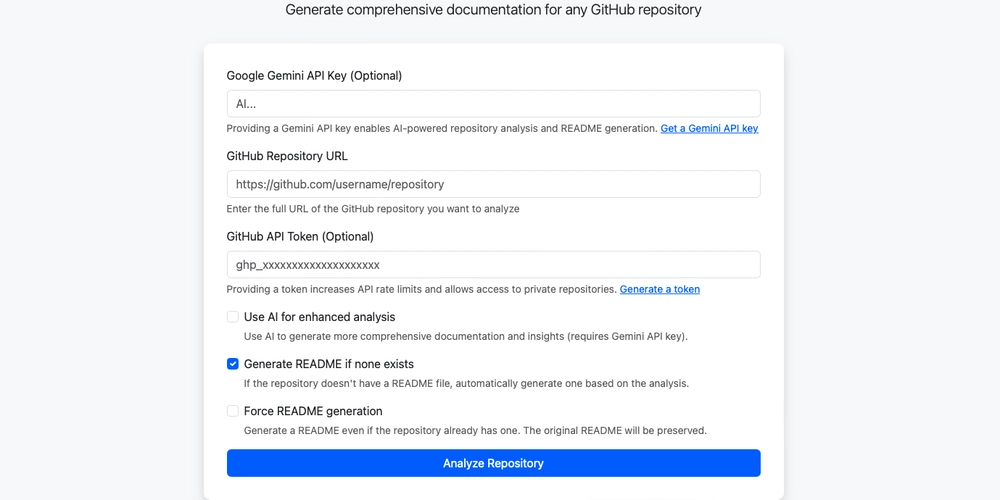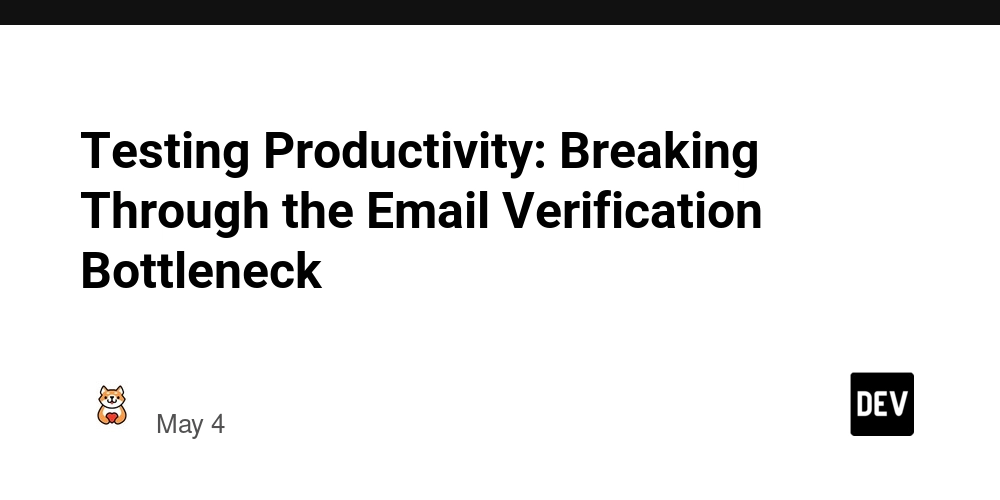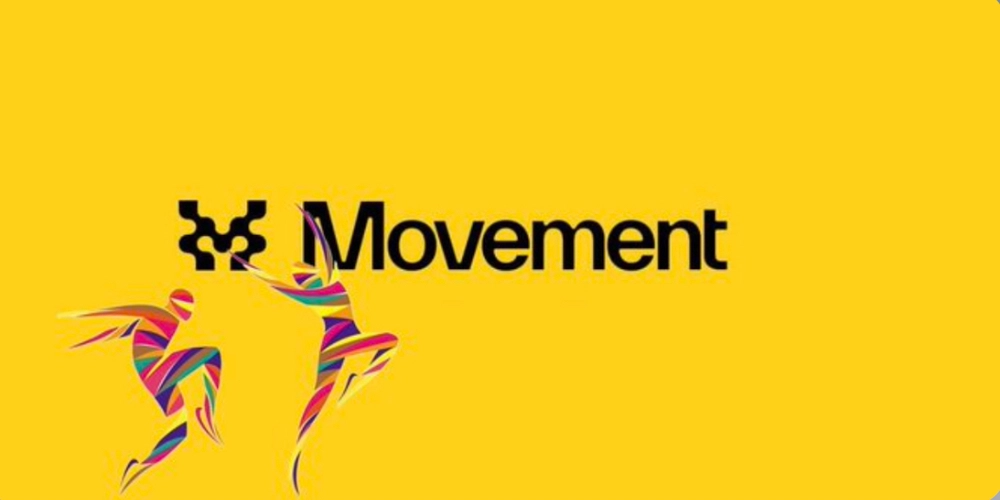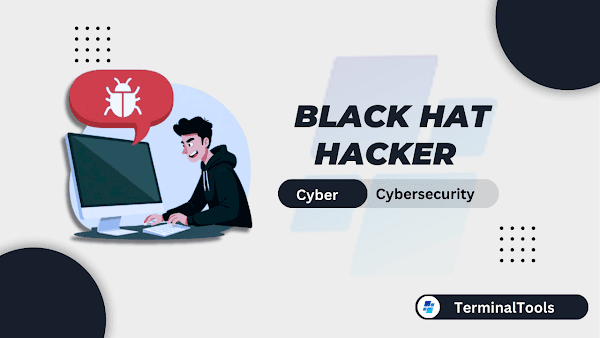Set Up Java Dev Environment on EC2 (Ubuntu): Free Tier
You can set up a full Spring Boot development environment (Java 17+, Maven, Spring Boot CLI, IntelliJ IDEA) on an EC2 Free Tier instance, with a few considerations to ensure it stays within the limits. Resource Free Tier EC2 Type, t2.micro / t3.micro (1 vCPU, 1 GB RAM) Java 17 (Temurin), CLI-based Maven, CLI-based Spring Boot, CLI-based IntelliJ IDEA Graphical IDE BEST BET IS LOCAL IntelliJ on EC2: While technically possible with X11 forwarding or a remote desktop, it's not recommended on Free Tier due to performance constraints. Use IntelliJ on your local machine, and treat EC2 as the remote runtime/server. Step-by-Step: Set Up Java Dev Environment on EC2 (Ubuntu) 1. Launch EC2 Instance (Ubuntu 22.04 preferred) Go to AWS Console > EC2 Launch a t2.micro or t3.micro Ubuntu instance Enable inbound ports: 22 (SSH) 8080 (Spring Boot) Optional: 80/443 for web 2. Connect via SSH ssh -i your-key.pem ubuntu@your-ec2-public-dns Install Java 17 (Temurin) sudo apt update sudo apt install -y wget gnupg curl Adoptium Temurin is an open-source build of the Java Development Kit (JDK), supported by the Eclipse Foundation. It’s widely trusted for production use and receives regular updates and security patches. Using the official APT repository ensures: You get the latest stable versions of Java. You can easily upgrade using apt update && apt upgrade. Packages are verified and signed, ensuring security and integrity. # Add Temurin GPG Key and Repo wget -qO - https://packages.adoptium.net/artifactory/api/gpg/key/public | sudo gpg --dearmor -o /usr/share/keyrings/adoptium-archive-keyring.gpg echo "deb [signed-by=/usr/share/keyrings/adoptium-archive-keyring.gpg] https://packages.adoptium.net/artifactory/deb jammy main" | sudo tee /etc/apt/sources.list.d/adoptium.list The jammy part refers to the codename for Ubuntu 22.04. If you're using another version (like 20.04 = focal), this should match. # Install Java 17 sudo apt update sudo apt install -y temurin-17-jdk java -version 4. Install Maven sudo apt install -y maven mvn -version 5. Install Spring Boot CLI (Optional) curl -s https://get.sdkman.io | bash source "$HOME/.sdkman/bin/sdkman-init.sh" sdk install springboot spring --version 6. (Optional) IntelliJ Options Option A: Use IntelliJ on your local machine and connect to EC2 using Git or SSH Option B: Use VS Code Server (code-server) or JetBrains Gateway for a browser-based IDE if needed Running a full IntelliJ GUI on EC2 Free Tier is not practical without upgraded resources or using JetBrains' remote features. Next Steps After the setup: Clone or create a Spring Boot project Use mvn spring-boot:run to launch your app Access it via http://your-ec2-public-ip:8080

You can set up a full Spring Boot development environment (Java 17+, Maven, Spring Boot CLI, IntelliJ IDEA) on an EC2 Free Tier instance, with a few considerations to ensure it stays within the limits.
Resource Free Tier
EC2 Type, t2.micro / t3.micro (1 vCPU, 1 GB RAM)
Java 17 (Temurin), CLI-based
Maven, CLI-based
Spring Boot, CLI-based
IntelliJ IDEA Graphical IDE BEST BET IS LOCAL
IntelliJ on EC2: While technically possible with X11 forwarding or a remote desktop, it's not recommended on Free Tier due to performance constraints. Use IntelliJ on your local machine, and treat EC2 as the remote runtime/server.
Step-by-Step: Set Up Java Dev Environment on EC2 (Ubuntu)
1. Launch EC2 Instance (Ubuntu 22.04 preferred)
Go to AWS Console > EC2
Launch a t2.micro or t3.micro Ubuntu instance
Enable inbound ports:
22 (SSH)
8080 (Spring Boot)
Optional: 80/443 for web
2. Connect via SSH
ssh -i your-key.pem ubuntu@your-ec2-public-dns
- Install Java 17 (Temurin)
sudo apt update
sudo apt install -y wget gnupg curl
Adoptium Temurin is an open-source build of the Java Development Kit (JDK), supported by the Eclipse Foundation. It’s widely trusted for production use and receives regular updates and security patches.
- Using the official APT repository ensures:
- You get the latest stable versions of Java.
- You can easily upgrade using apt update && apt upgrade.
- Packages are verified and signed, ensuring security and integrity.
# Add Temurin GPG Key and Repo
wget -qO - https://packages.adoptium.net/artifactory/api/gpg/key/public | sudo gpg --dearmor -o /usr/share/keyrings/adoptium-archive-keyring.gpg
echo "deb [signed-by=/usr/share/keyrings/adoptium-archive-keyring.gpg] https://packages.adoptium.net/artifactory/deb jammy main" | sudo tee /etc/apt/sources.list.d/adoptium.list
The jammy part refers to the codename for Ubuntu 22.04. If you're using another version (like 20.04 = focal), this should match.
# Install Java 17
sudo apt update
sudo apt install -y temurin-17-jdk
java -version
4. Install Maven
sudo apt install -y maven
mvn -version
5. Install Spring Boot CLI (Optional)
curl -s https://get.sdkman.io | bash
source "$HOME/.sdkman/bin/sdkman-init.sh"
sdk install springboot
spring --version
6. (Optional) IntelliJ Options
Option A: Use IntelliJ on your local machine and connect to EC2 using Git or SSH
Option B: Use VS Code Server (code-server) or JetBrains Gateway for a browser-based IDE if needed
Running a full IntelliJ GUI on EC2 Free Tier is not practical without upgraded resources or using JetBrains' remote features.
Next Steps
After the setup:
Clone or create a Spring Boot project
Use mvn spring-boot:run to launch your app
Access it via http://your-ec2-public-ip:8080





































































































































































![[The AI Show Episode 145]: OpenAI Releases o3 and o4-mini, AI Is Causing “Quiet Layoffs,” Executive Order on Youth AI Education & GPT-4o’s Controversial Update](https://www.marketingaiinstitute.com/hubfs/ep%20145%20cover.png)




























































































































![[FREE EBOOKS] Learn Computer Forensics — 2nd edition, AI and Business Rule Engines for Excel Power Users & Four More Best Selling Titles](https://www.javacodegeeks.com/wp-content/uploads/2012/12/jcg-logo.jpg)





![From Art School Drop-out to Microsoft Engineer with Shashi Lo [Podcast #170]](https://cdn.hashnode.com/res/hashnode/image/upload/v1746203291209/439bf16b-c820-4fe8-b69e-94d80533b2df.png?#)







































































































(1).jpg?#)
































_Inge_Johnsson-Alamy.jpg?width=1280&auto=webp&quality=80&disable=upscale#)











































































































![Apple to Split iPhone Launches Across Fall and Spring in Major Shakeup [Report]](https://www.iclarified.com/images/news/97211/97211/97211-640.jpg)
![Apple to Move Camera to Top Left, Hide Face ID Under Display in iPhone 18 Pro Redesign [Report]](https://www.iclarified.com/images/news/97212/97212/97212-640.jpg)
![Apple Developing Battery Case for iPhone 17 Air Amid Battery Life Concerns [Report]](https://www.iclarified.com/images/news/97208/97208/97208-640.jpg)
![AirPods 4 On Sale for $99 [Lowest Price Ever]](https://www.iclarified.com/images/news/97206/97206/97206-640.jpg)
































![[Updated] Samsung’s 65-inch 4K Smart TV Just Crashed to $299 — That’s Cheaper Than an iPad](https://www.androidheadlines.com/wp-content/uploads/2025/05/samsung-du7200.jpg)




































































